Change is in the Air: Improved Cooking Stoves for a Cleaner, Greener World
April 19, 2024
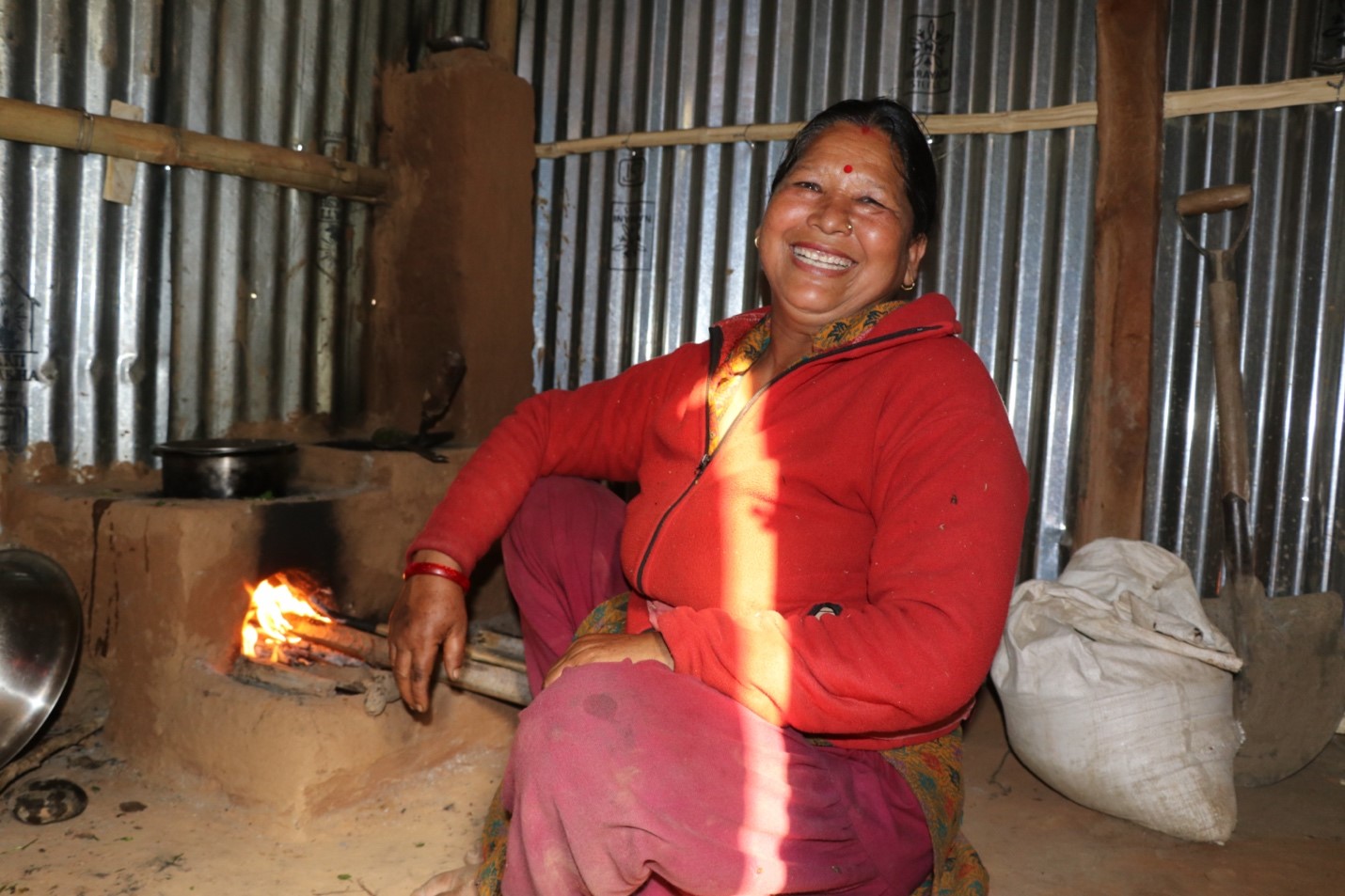
Ms. Kaushila Nepali using her recently installed mud brick ICS in Bheri.
Ms. Kaushila Nepali adeptly chops spinach as she prepares to put it in the pan, buzzing with oil and spices, atop a red mud stove. Tucked behind the rugged hills of Bheri Municipality in Jajarkot Distict, Karnali Province in Nepal, Ms. Nepali lives in a temporary shelter. “My house was affected by the earthquake, so my family and I live here”, she says, as she puts the freshly chopped spinach into the pan.
“You see, there is no smoke,” she laughs pointing to her recently installed red mud stove. The red mud stove looks like your oridnary firewood stove – the one that is used widely across Nepal. However, the red mud stove that burns in her kitchen is an Improved Cooking Stove (ICS) which promises not just cleaner air, but also healthier homes.
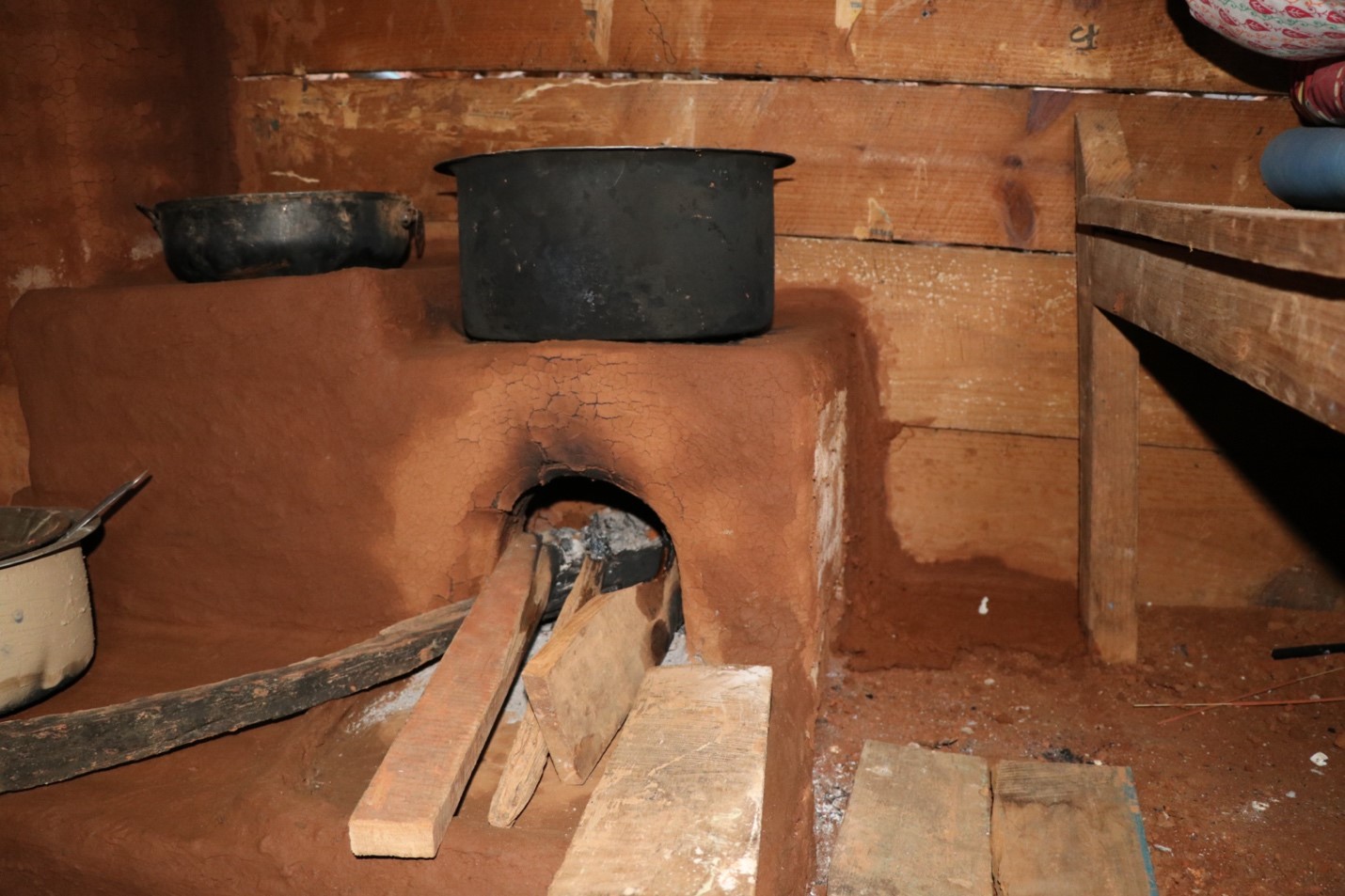
The mud brick improved cooking stove.
Ms. Laxmi Shah, a resident of Bheri, also uses her recently installed ICS. “I am happy that with these new stoves, there is no more stinging eyes or coughing fits,” she says as she holds her two children close to her, both vying for their Ama’s attention. And indeed, studies have shown women who cook in the traditional stoves reporting more cases of asthama and eye burning; something that using the ICS will help combat.
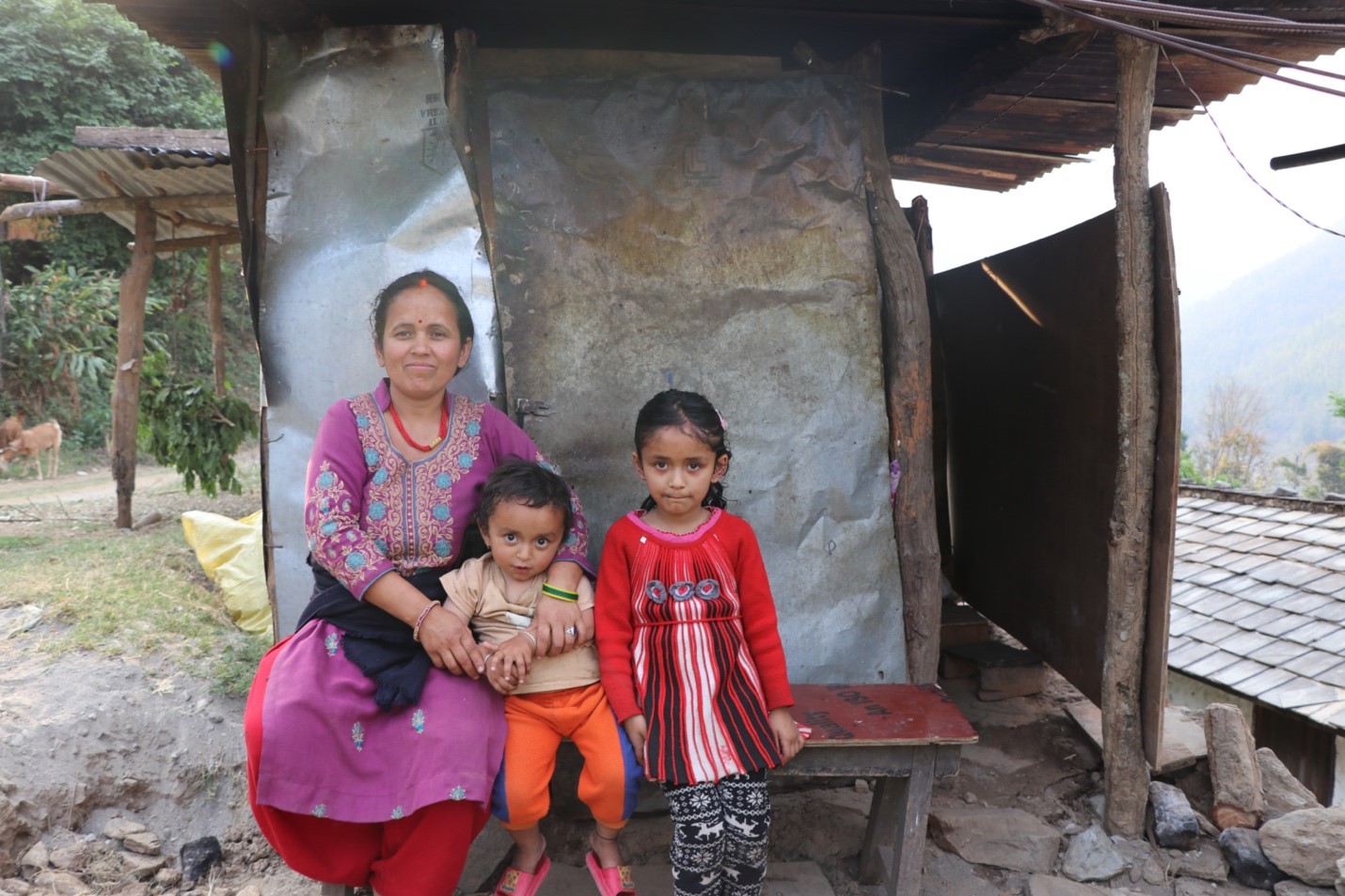
Ms. Laxmi Shah with her two children, in front of her kitchen.
For families that have been affected by the earthquake in Jajarkot, any kind of support they recive at this vulnerable period is appreciated. “The earthquake brought down three of our houses,” says Ms. Namrata Shah, referring to her and her brothers-in-laws’ houses. Eveything is in shambles and in a disarray in her surrounding. She says, “These new stoves have just been installed in my house and I am grateful to recevie this support.”

Ms. Namrata Shah and Mr. Leela Bahadur Shah’s homes destroyed by the earthquake.
Her husband, Mr. Leela Bahadur Shah, is the Ward Chair of Ward 3 in Bheri. Mr. Shah explains, “After the earthquake, I was out for days helping my community and engaging in the initial search and rescue. Things have subsided now, but there is a lot more to do.” In such a situaiton, he shares that receiving these ICS for the most vulberable people in his Ward has proved to be a boon.
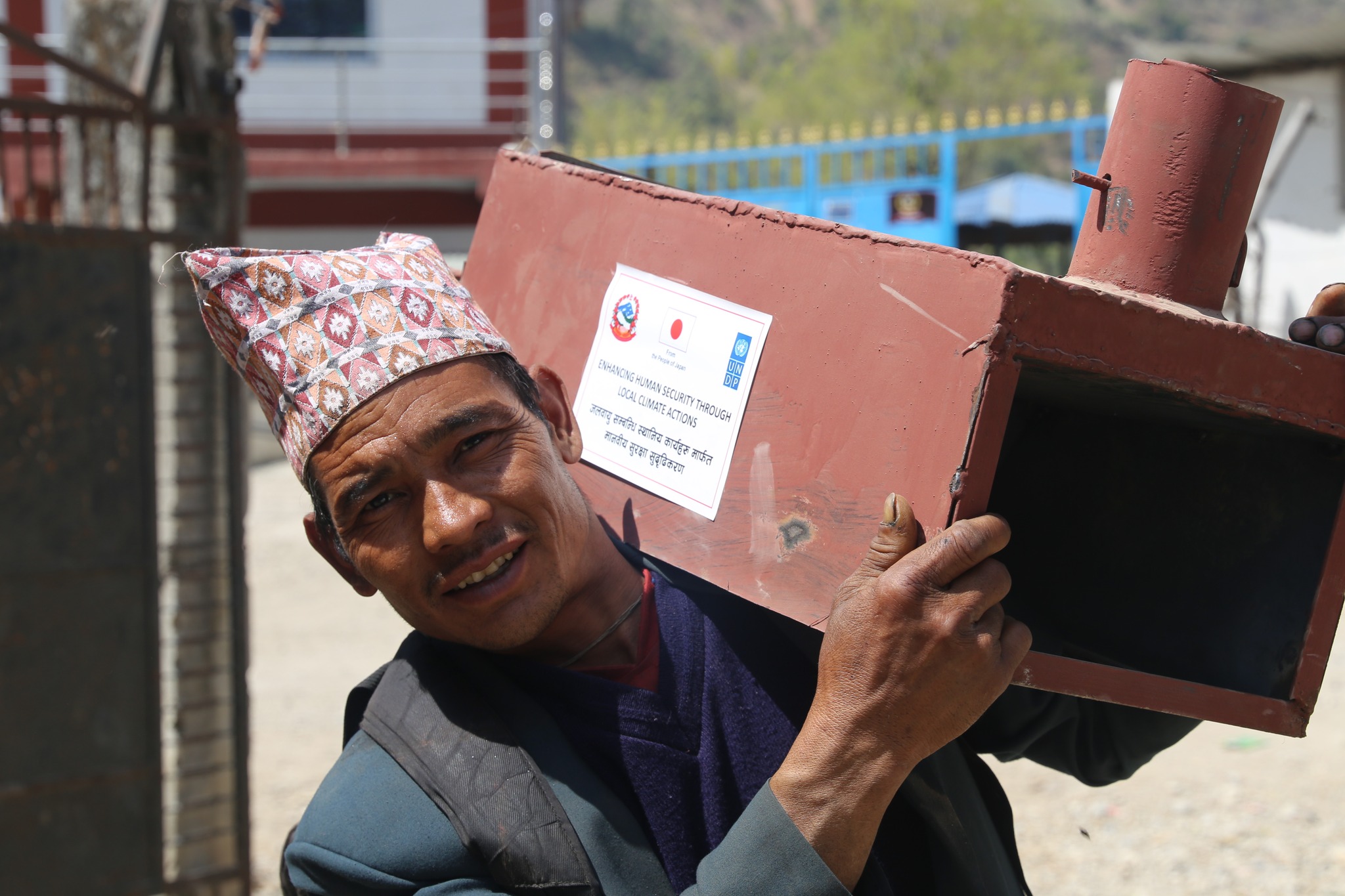
Through the “Enhancing Human Security Through Local Climate Actions Project,” UNDP, with generous support from the Government of Japan, has been providing ICS to the earthquake affected families in Jajarkot and Rukum West Districts in Karnali. The project has provided 120 mud brick ICS in Jajarkot and 80 in Rukum West District. It will install 600 sets of metallic ICS in Jajarkot and 300 in Rukum West; as well as 400 sets of solar home system in Jajarkot and 200 sets in Rukum West. Such endevours will allow people to access renewable energy, benefitting over 1500 households.
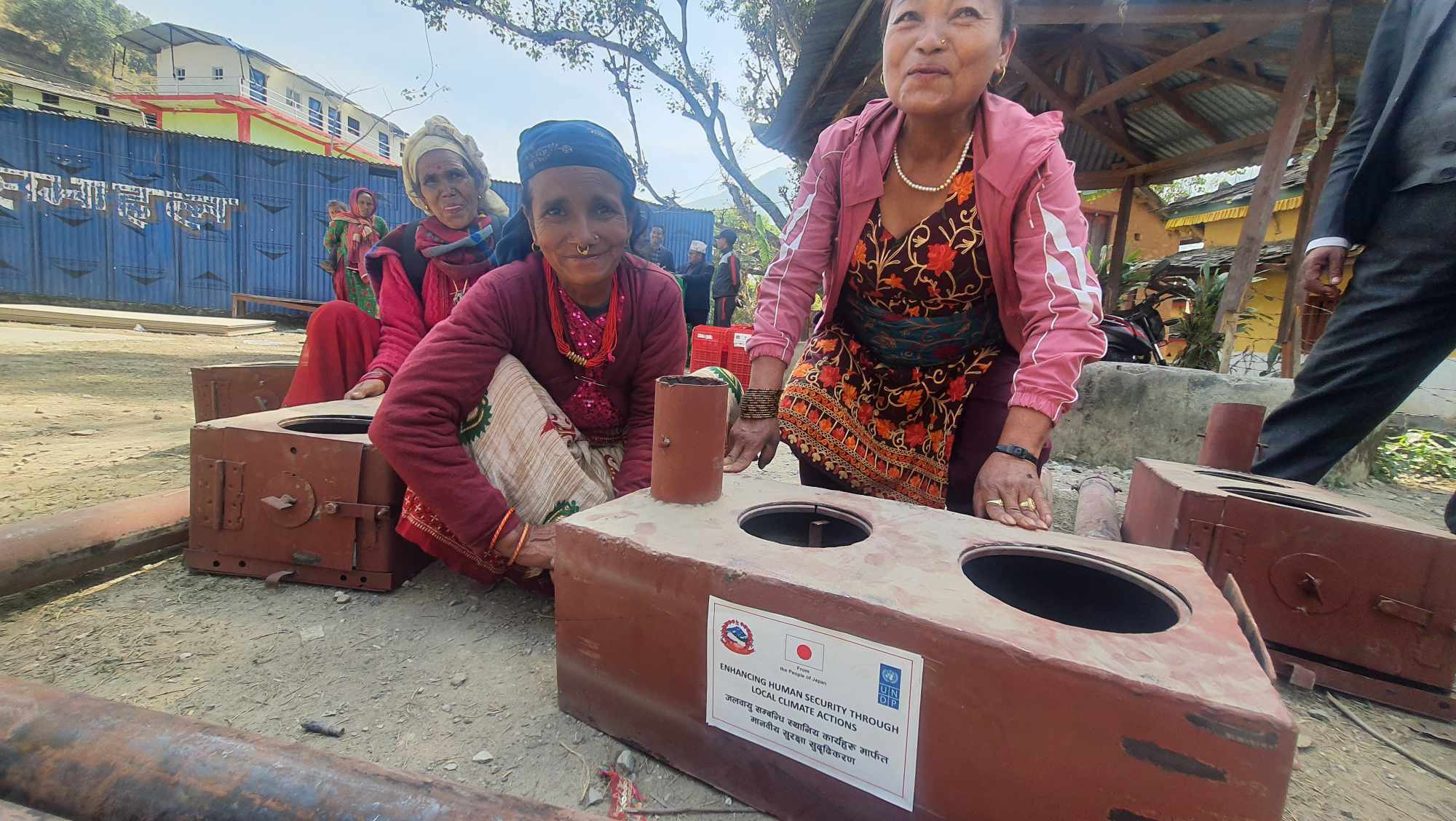
Ms. Santa Maya Nepali has also just received a metallic ICS, handed over to her by the Government of Japan and UNDP in Nalgad Municipality, Jajarkot. Sitting next to her new stove, she shares, “I have been using traditional stoves to cook which often leave my hands and utensils black. I am excited that this will not be the case anymore with these new stoves and that they will also be better for my health given the reduced smoke.”
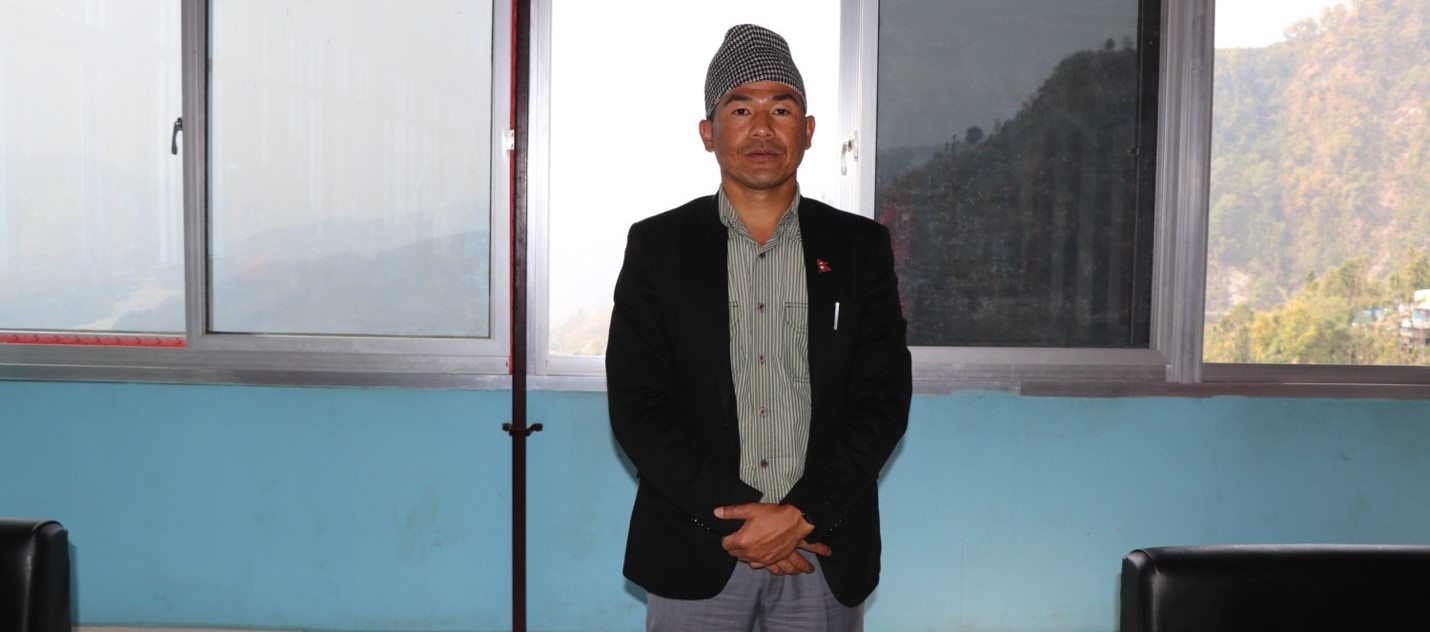
Mayor Chandra Prakash Gharti of Bheri Municipality, Jajarkot.
In addition to health benefits, the environmental benefits of ICS are also far-reaching. By reducing fuel wood consumption and curbing emissions, these stoves play a crucial role in forest conservation and mitigating climate change and also reducing exposure to indoor air pollution. Research from the Cenre for Rural Rechnology shows that through the use of ICS, the consumption of fossil fuel reduces by 30-35% and carbon emissions reduces by 60%.
As Mayor Chandra Prakash Gharti of Bheri Municipality explains, "The installation of Mud Brick ICS has not only improved air quality but also paved the way for a greener, more sustainable future." He also adds that the initative to provide solar home system and metallic ICS will be most useful as places like Maide that has no electircal lines will reap the most benefits. He says, “Most of the people here have a very tough life. So providing these equipments that will provide light as well as easier cooking alternatives that are environmentally friendly is well-appreciated.”
Change is definitely in the air, and quite literally.

 Locations
Locations



